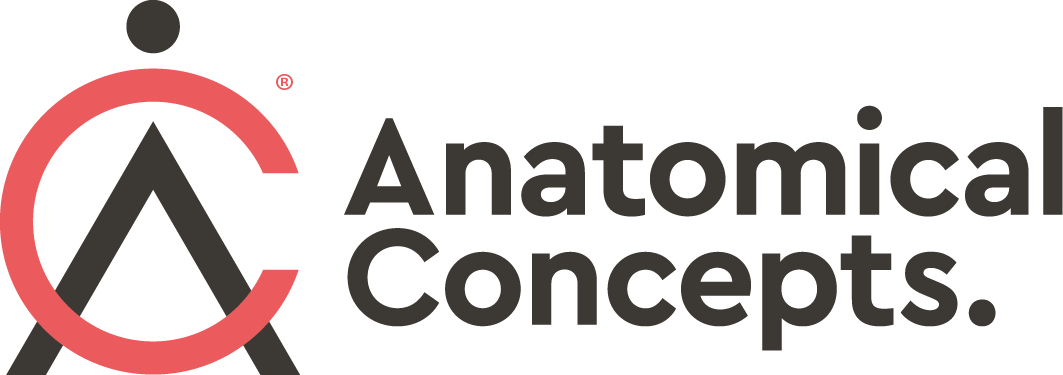Articles
Filter by Topic
- Adaptive Sport 1
- Artificial Intelligence 1
- Bike Labyrinth 3
- Bone density 1
- Brachial Plexus 1
- Bridging the Gap 1
- Bridging the Gap 1
- Carbonhand 4
- Cardiovascular 1
- Client Stories 4
- Cognition 1
- Company Updates 3
- Decision Making 1
- Dementia 1
- Denervation 21
- Diabetic Foot 12
- Efficiency 1
- Electrotherapy 27
- Exercise Benefits 28
- FES Cycling 12
- Fatigue 1
- Functional Electrical Stimulation (FES) 57
- Gait 2
- Goal Setting 5
- Grip 3
- Healthspan 2
- Indego 13
- Lifestyle 8
- Lower Motor Neuron 1
- Mobility 17
- Motivation 2
- NMES 2
- Nerve injury 1
- NexStride 1
- Occupational Therapy 1
- Orthotic 15
- PRAFO 22
- Pain 6
- Parkinsons 2
- Pressure Ulcers 10
- Product Updates 7
- RISE Stimulator 9
- Safety 2
- Sponsor 1
- Standing 4
- Stim2Go 3
- Stimulette den2x 5
- Support 1
- TENS 1
- Technology 17
Article Length
- 1 minute read 3
- 10 minute read 9
- 11 minute read 7
- 12 minute read 7
- 15 minute read 8
- 18 minute read 1
- 19 minute read 1
- 2 minute read 4
- 26 minute read 1
- 27 minute read 1
- 28 minute read 1
- 3 minutes read 9
- 4 minute read 34
- 5 Minute read 12
- 6 minute read 6
- 7 minute read 14
- 8 minute read 6
- 9 minute read 3
- FES 2
- FoG 1
- PRAFO 1
- Seven Minute Read 1
- awareness 1
- carbonhand 2
- cognitive 1
- cues 1
- freezing gait 1
- freezing of gait 1
- gait 1
- neurological 1
- neuroplasticity 1
- nexstride 2
- occupational therapy 1
- occupational therapy day 1
- orthopaedics 1
- orthotic 1
- parkinson's 1
- pressure 1
- pressure relief 1
- prevention 1
- rehabilitation 2
- stroke 1
- ulcers 1
- world stroke day 1
Staving off Alzheimers in advancing age
One of the least “spectacular” products we deal with is the Bike Labyrinth system. It is however, one of the products that can have the biggest impact in practice. When cognitive decline due to Alzheimers or dementia is stealing quality of life, this approach provides a practical intervention that makes a real difference. What does science tell us about maintaining long term brain health? We take a look at this
FES Cycling can build muscle mass after paralysis
We have known for decades that functional, electrically stimulated (FES) cycle training such as with the RehaMove FES bike can improve the cardiorespiratory fitness of spinal cord injured persons and others with neurological conditions such as MS, Parkinsons or recovering from a stroke. This is a massive benefit for long term health and fitness but what clients tend to notice is that their muscles get bigger - and that’s not a bad thing either.
Planning an FES Cycling session with the RehaMove system
We recently put together a Pilot “FES Cycling Tune Up Course” which is free for our clients who get an access code from us. The aim is to give more in-depth information on the background science as well as how to programme the RehaMove FES Cycling system for optimal usage.
Finding fitness despite disability
Being resilient is a great quality to gain. Improving and maintaining our fitness is important for all of us. If you are disabled and have limited mobility, keeping fit and active can feel much more difficult, but it doesn't have to be this way. In any case, keeping fit has a big pay off when it comes to gaining quality of life for the long term. You can look upon exercise as the best medicine - so how do we get it?
The Tek RMD - a mobility device that gets you standing
The Tek RMD combines two functions we can see in many other rehabilitation products and does this combination in a rather unique way. The Tek RMD combines the ability to easily stand and to move in an upright posture despite paraplegia. The typical client with a lower-level spinal cord injury recognises the need for them to stand on a daily basis but would admit that this has been hard to achieve. Who wants to take time out of their day to fit in some static standing ?- it might be good for you but it’s not really functional. Using the Tek RMD allows the user much more freedom to combine standing and movement indoors without compromising function to a great extent.
Which PRAFO design should I choose?
The original PRAFO design, designated the 650SKG, is the choice to consider when you wish to prevent heel ulcers in a recumbent patient or a patient with compromised mobility. When additional adjustment is required to accomodate contractures and other anomalies around the foot and ankle, the 652SKG and 653SKG provide easy adjustment without the need for special tools. Useful adjustments without compromising heel and ankle protection.





